CRN Exclusive: Intel VP Tichelman Talks Internet Of Things, SSDs, And Virtual Reality Opportunities For The Channel

From PCs To Cloud And IoT
2016 has been a busy year for Intel , with CEO Brian Krzanich in April outlining a new strategy focused on cloud and the Internet of Things.
The Santa Clara, Calif.-based company has been moving away from its roots in PC semiconductors to prioritize end-to-end connected solutions like intelligent gateways and embedded chips.
In the midst of the company's restructuring, Intel's engaged partners – partners at the Gold and Platinum levels – grew by 15 percent in the first half of 2016, according to Maurits Tichelman, who oversees channel sales and marketing at Intel.
Intel Vice President Maurits Tichelman talked with CRN about what the company's channel initiatives are surrounding data center, IoT and client compute. Following are excerpts of the conversation.

What role does the channel play in Intel's strategy going forward?
I'm extremely excited about the channel. The more complex it gets, the more opportunities we see. Specifically, Intel is focusing on bringing the virtual circle of growth to life with all the new and accelerated business opportunities we see with new products, be it from the memory or IoT or Data Center Group.
It just provides tremendous opportunity across so many [partners], and then as you start peeling the onion on the virtual cycle of growth, you have to realize more and more how important the channel is for Intel going forward. There will be so many partners in play with expertise in areas we are successful in, but also in new areas we're trying to explore. Our strategy going forward is a tremendous opportunity for the channel.

Are partners showing interest in doubling down on the markets that Intel has restructured to prioritize – including IoT, data center and cloud?
Absolutely. One of the key things we've observed … is a significant increase in our channel partner base looking at what we are doing and what we are offering in terms of data center solutions. It's not only about the CPU, or the Xeon architecture and its components – it's about the whole concept and all the building blocks which are required. What we've seen over the years is we've continued to build out more adjacencies – we talked about optimized SSDs for data center, fabric networking cards – there is so much more to it.
The interest from our channel partners is key for multiple reasons. One, it's great for the overall revenue but also that ability to provide customized solutions beyond initially laying out a network, and now being part of additional conversations and opportunities for some.

Over the past year, you've been launching a barrage of vertical specialty benefits for partners to double down on vertical markets like education, IoT retail, HPC and other areas. How has partner reception to these specialties been?
The interest and momentum [around specialties] continues to evolve in a positive direction. From a worldwide perspective, we continue to invest in further enhancing the specialty tracks, and we are looking at how can we also optimize our engine further for new capabilities in 2017, and we're assessing what other specialties would be appropriate for our channel customers for next year.
There is a lot of key learnings here as well, which is important and interesting to observe. Our [partners] are clearly looking forward to investing in these areas, especially IoT.

Do you have plans in the future for more vertical specialty benefits relating to the Internet of Things?
For us it's definitely still in the works. Clearly, we want to make sure what we're doing really resonates. We want to make sure the underlying infrastructure is capable of going to more verticals. So, fast forward, yes, we want to do more verticals; short term, we want to make sure we focus on what we're doing and we learn before adding even more verticals in IoT in the short term.
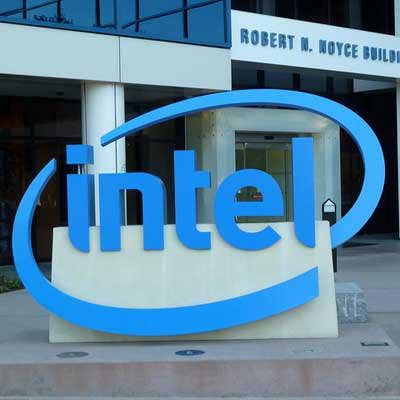
Talk about Intel's IoT strategy and what role partners play in this strategy.
IoT is associated to connected devices and solutions, and what we are trying to do with our channel partners is trying to demystify IoT by zooming in to specifically channel-friendly solutions. That is where our focus will be. The experts in certain areas know exactly what to do, but the opportunity for us is with a customer base who … are showing interest but are challenged by the level of complexity. For us to then simplify and clearly articulate what are the clear building blocks for providing an IoT solution for smart building or retail, those are the basic steps we need to take for our [partners].
We will continue to do that, but while we're doing that, we want to make sure we don't underestimate the capabilities of the more experienced IoT-based resellers, and what they need from us to be more successful going forward.
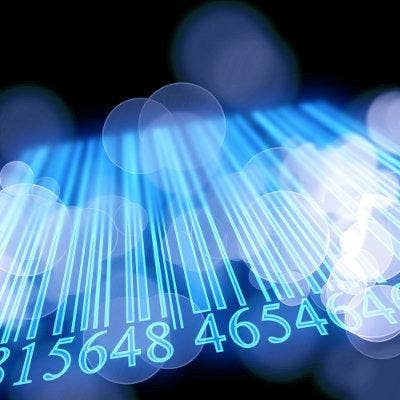
Where are partners who are interested in IoT initially starting their journey?
It has so many different aspects from transportation to smart building to retail. Retail is where we see the most initial interest from our [partner] base because it is very closely coupled to traditional compute. So that's where we see the natural evolution of getting into the IoT space.
In the IoT space, that eagerness to learn is very intense, and when you look at smart building, for example, digital surveillance and security are other areas of key interest for our channel partners.
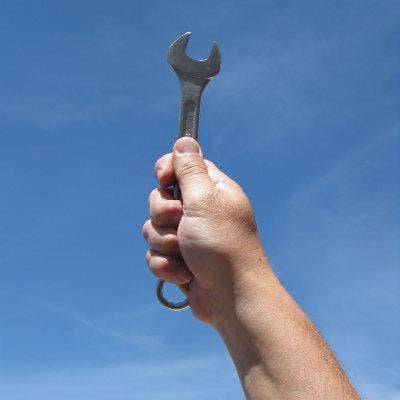
What building blocks and tools are you offering to help enable Intel partners to tap into IoT?
When you look into IoT, it is not as simple as finding this is how we do smart buildings. What we've learned over the years is that there are many other bits and pieces required to provide a solution. It's a whole ecosystem to get aligned. The more different IoT solutions you get into, the more that the complexity of the ecosystem is expanded if you start adding it all up. From a business unit perspective, we are matchmaking and working the ecosystem. But when you come down to the channel, you have to ask how do you ensure that you are providing the right building blocks and ingredients and building the right relationships in the ecosystem for them to tap into?

Talk about the whole IoT ecosystem, and how Intel's partners play into that.
Over time, the role of other partners, like our distribution partners, are essential in being able to help our channel partners get access to the Intel content for an IoT solution. That is also a critical role we need to fulfill in not only focusing on the point product, but also making sure our channel partners can be successful with the solution, which is more of an ecosystem play.
We work with blueprints to sharing a portfolio of all the IoT solutions we see, and who are the key ecosystem partners that lead to those solutions. We are trying to make that content accessible to our channel partners so that they can … see examples of specific partners they can link up with and build their solution for that specific vertical in that specific location.
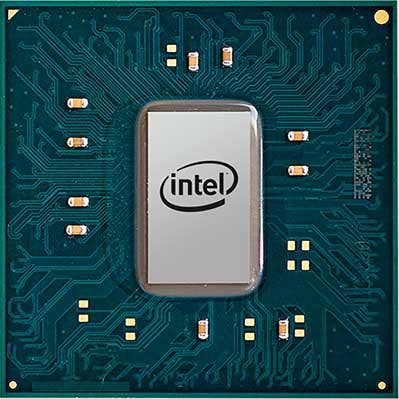
Intel's seventh-generation Kaby Lake architecture launched a few weeks ago. Are you seeing partner interest, particularly in the enthusiast segment?
We see that. … The high end and gaming segment is a great opportunity for us and the channel segment. VR [virtual reality] has dominated the interest in that segment and then a lot of publicity around VR, now with the new launches of other graphics solutions, the [partners] start to recognize that Intel's products are well-positioned for the opportunity with the VR systems. A lot of compute power is required, more applications are being developed to maximize the experience for VR. I think there's much more to come in this space -- it's a great innovation, which I don't think stops at gaming. We've seen examples of VR's value in education, how it changes the experience of purchasing going forward. I see VR as a great opportunity and I think there's much more to come in that segment.
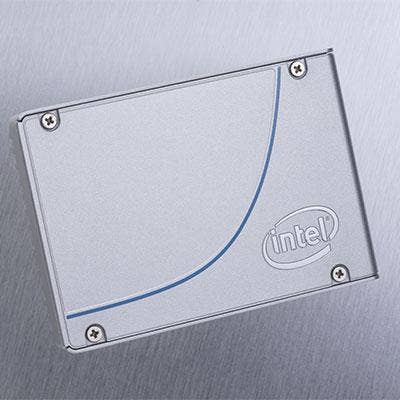
Talk about Intel's new SSD series launched at the end of August. What are the opportunities for partners interested in these solid state drives for business, Internet of Things and data center applications?
One of the key things, though, when you start focusing on the PC in the client space – we've done a lot of work over the years on the SSD front. A few weeks ago we launched new SSDs on the 600p series, which is basically PCIe architecture, giving a significant performance increase over the traditional SATA SSDs at the same price. For us, the way you see Intel as part of the virtual cycle of growth … will be by key business units, so you will see the memory business in there. We are inspiring and educating our channel partners, doing points promotions, making sure that it's not only providing Intel as the PC provider – it's all the way from the data center to the traditional client compute to SSDs.

Where has the channel found success in cloud solutions?
The localization and customization for cloud service providers or HPC has been an area of expertise where the channel has been very successful. We continue to see that. I would say that, yes, the cloud has its challenges, but it also has clear opportunities. I think that channel partners have multiple options – they can partner with the big service providers who sell their services, but at the same time there will be so many [partners] who will require a more privately oriented cloud solution or hybrid solution – that's why the mixed model or different options available for the resellers continue to provide options for our partners to build out solutions.